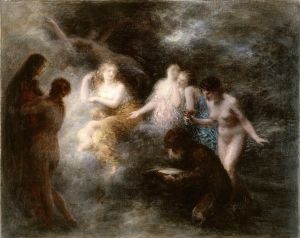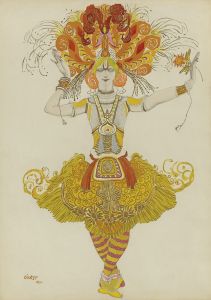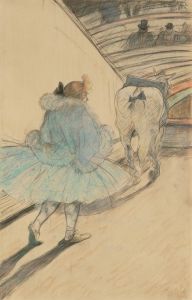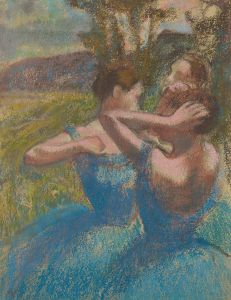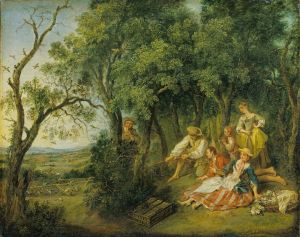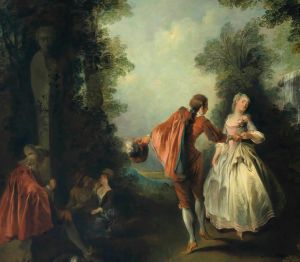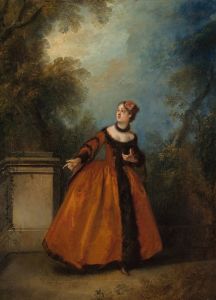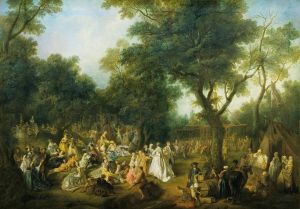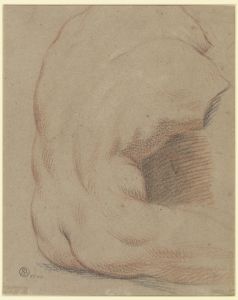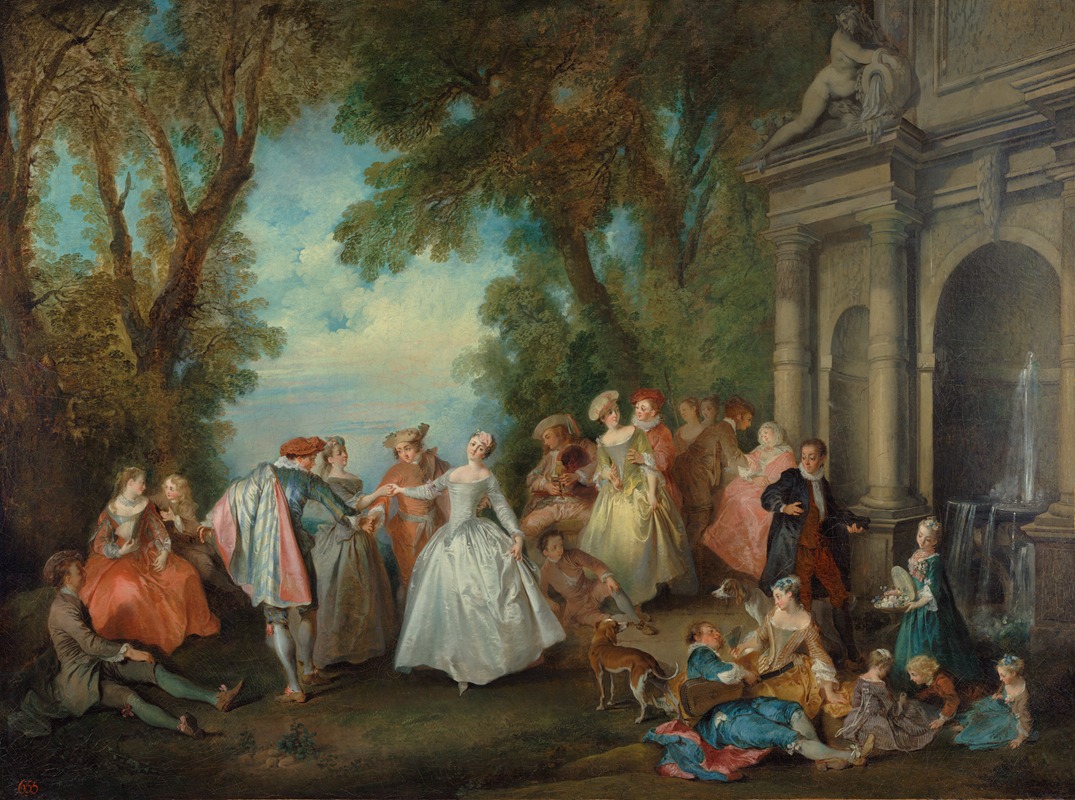
Dance before a Fountain
A hand-painted replica of Nicolas Lancret’s masterpiece Dance before a Fountain, meticulously crafted by professional artists to capture the true essence of the original. Each piece is created with museum-quality canvas and rare mineral pigments, carefully painted by experienced artists with delicate brushstrokes and rich, layered colors to perfectly recreate the texture of the original artwork. Unlike machine-printed reproductions, this hand-painted version brings the painting to life, infused with the artist’s emotions and skill in every stroke. Whether for personal collection or home decoration, it instantly elevates the artistic atmosphere of any space.
Nicolas Lancret's "Dance before a Fountain" is a notable example of 18th-century French Rococo painting. Lancret, born in Paris in 1690, was a prominent painter known for his genre scenes that often depicted lively and elegant social gatherings. He was a contemporary of Jean-Antoine Watteau, and his work is frequently associated with the fête galante style, which portrays scenes of aristocratic leisure and entertainment.
"Dance before a Fountain" exemplifies Lancret's skill in capturing the playful and ornate spirit of the Rococo era. The painting depicts a group of elegantly dressed figures engaged in a dance in front of a grand fountain, set within a lush garden landscape. The scene is imbued with a sense of joy and frivolity, characteristic of the Rococo's emphasis on pleasure and beauty.
Lancret's use of color and composition in "Dance before a Fountain" reflects the influence of Watteau, yet he brings his own distinct approach to the subject. The figures are arranged in a harmonious manner, with their movements and gestures conveying a sense of rhythm and grace. The artist's attention to detail is evident in the intricate costumes and the delicate rendering of the surrounding foliage and architectural elements.
The painting is also notable for its depiction of the social customs and fashions of the time. The attire of the figures, with their elaborate dresses and powdered wigs, provides insight into the sartorial trends of the French aristocracy during the early 18th century. The setting of the fountain and garden further underscores the theme of leisure and the enjoyment of nature, which were popular motifs in Rococo art.
Lancret's work was highly regarded during his lifetime, and he was admitted to the prestigious Académie Royale de Peinture et de Sculpture in 1719. His paintings were sought after by collectors and patrons, and he enjoyed the patronage of influential figures such as the Duke of Orleans. "Dance before a Fountain" is representative of the type of elegant and lighthearted scenes that made Lancret a favorite among the French elite.
Today, Lancret's paintings, including "Dance before a Fountain," are appreciated for their charm and technical skill. They offer a glimpse into the cultural and social life of 18th-century France, capturing the essence of an era defined by its pursuit of pleasure and refinement. The painting remains an important example of Rococo art, illustrating the movement's characteristic blend of beauty, elegance, and playful sophistication.







